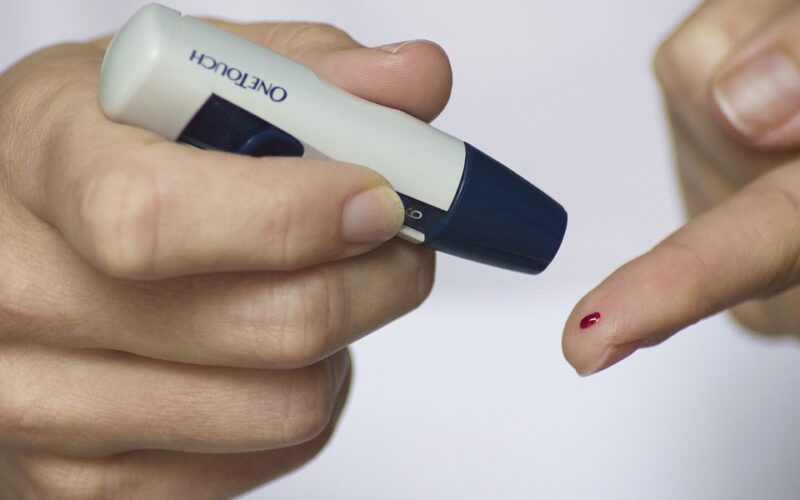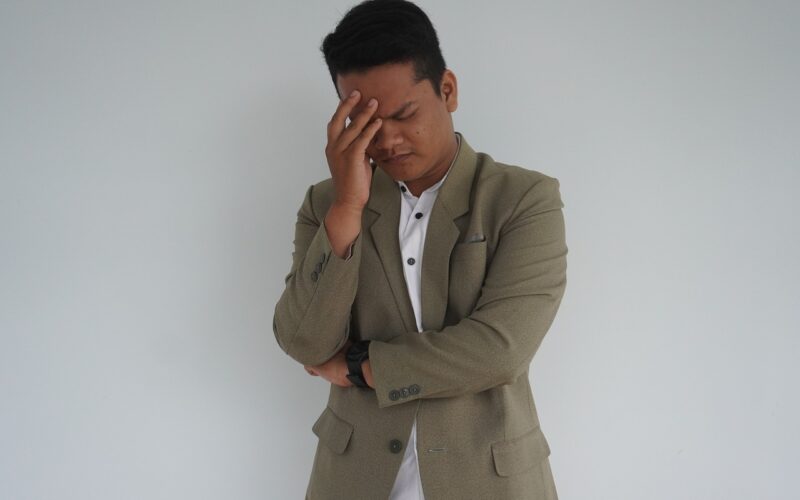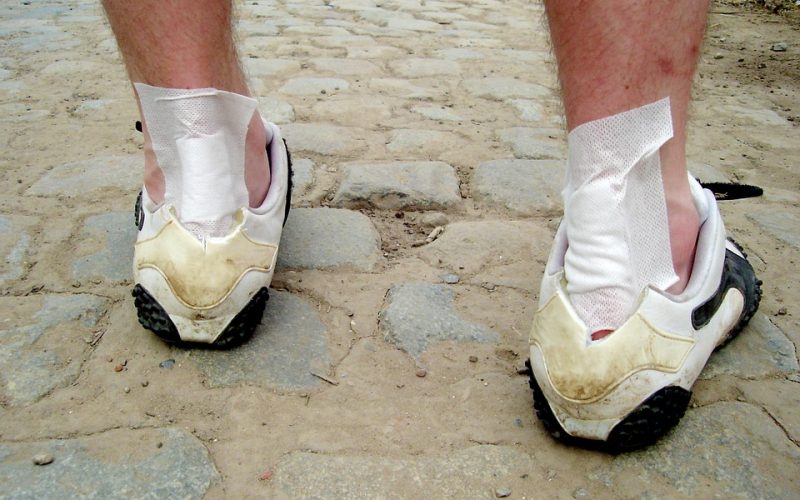The Absence of Sight
Seeing is believing, but for many people this is impossible. Their eyes do not function and they cannot see anything. A world without sight is a frightening idea. For those who suffer with this disability, they must learn how to live by using their other senses. Touch and hearing are two of the most important senses they use to cope with everyday life. Smell and taste play a role as well. Each sense they have remaining must be used to compensate for the lack of sight.
Touch is a wonderful sense for any person. It lets them know if something is soft or warm, rough or cold. There are many ways that sense helps people without disability to function in life. People who have lost their sight use touch in many different ways to compensate. Filling a pot with the right amount of water for cooking is something people check with their eyes. Those with a sight disability must use their hands to feel the level of the water. Once the water touches their fingertip, they know they have enough. This is one application of the sense of touch. Feeling the raised dots of a Braille book is another application.
Hearing often helps people with a sight disability to cope with the world. While walking down a street, they must listen for the sound of traffic. While many people have guide dogs to assist them, it is not always enough. They want to know what is around them, just like people with normal vision. The guide dog is trained to avoid obstacles and let a person know when it is safe to move. A visually disabled person does not see a vehicle approaching, but they can hear it.
The senses of smell and taste are also part of the arsenal a visually disabled person has at their disposal. Opening a container from the fridge is an adventure for many people. Those with sight will see that a vegetable has gone bad during storage. People without sight must smell it. Fortunately, it is usually quite clear when something has gone bad and taste is not necessary.

























